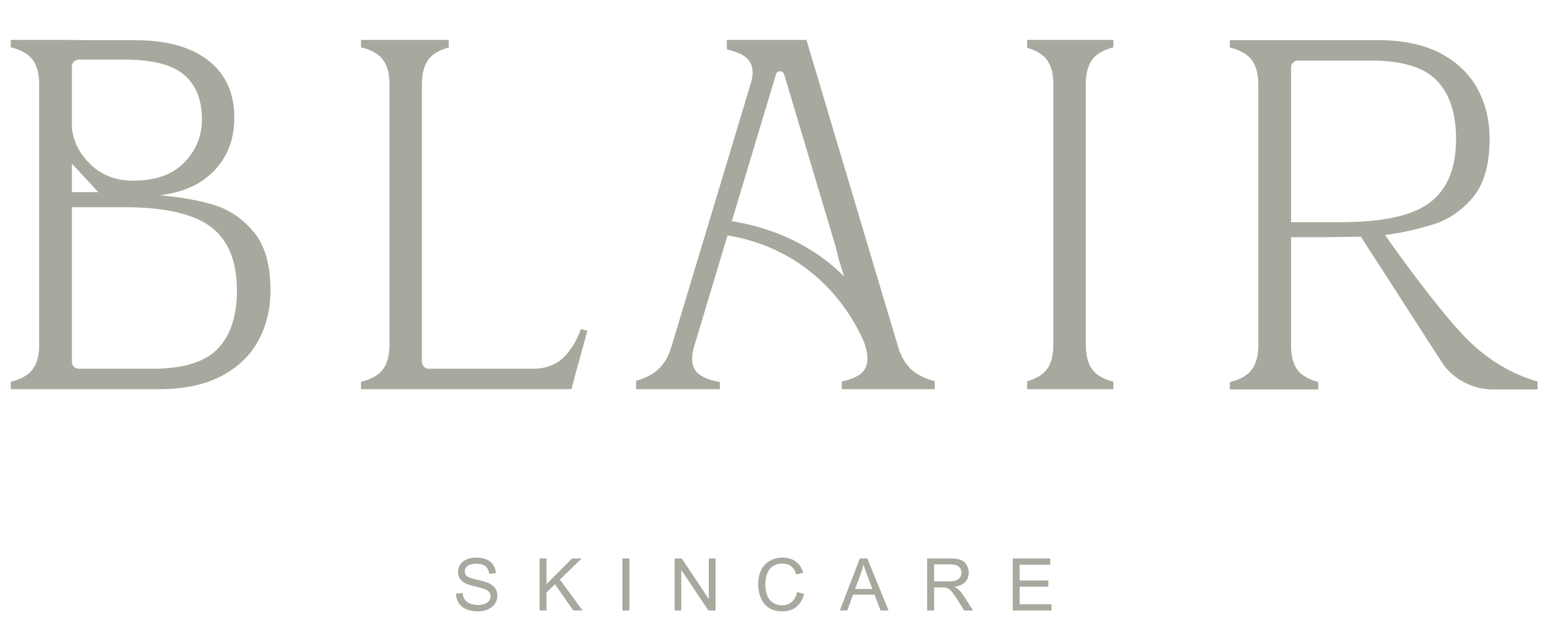Preventing flare ups
You can help prevent rosacea flare-ups by identifying and avoiding your triggers. Keeping a diary of what you eat and drink, activities you participate in, and locations you visit, alongside your rosacea symptoms, may help isolate the cause for flare-ups!
Here are some additional tips:
• Use sun protection: Apply a gentle broad-spectrum SPF daily. Opt for fragrance-free, mineral sunscreens as these are often less irritating. You should also wear a hat and avoid the midday sun if you are prone to sun-related flare ups.
• Reduce stress: Find activities that reduce your stress levels, such as journaling or reading.
• Avoid the heat: This may look different for everyone, but could include avoiding hot baths, showers, and saunas, sitting away from direct heat sources such as fireplaces, avoiding, and opting for pilates instead of hot-yoga. Air conditioning, fans, and sipping cool drinks can also help people stay cool when you have to be in the heat!
• Choose cold drinks: It may be beneficial to opt for iced instead of hot tea or coffee.
• Rethink alcohol choices: Choose white wine over red and when possible, dilute your alcoholic drinks with soda or lemonade.
• Select gentle skincare products: Keeping a healthy skin barrier is key, so avoiding harsh ingredients like alcohol, menthol, camphor, and sodium laurel sulfate (SLS) is often beneficial.










